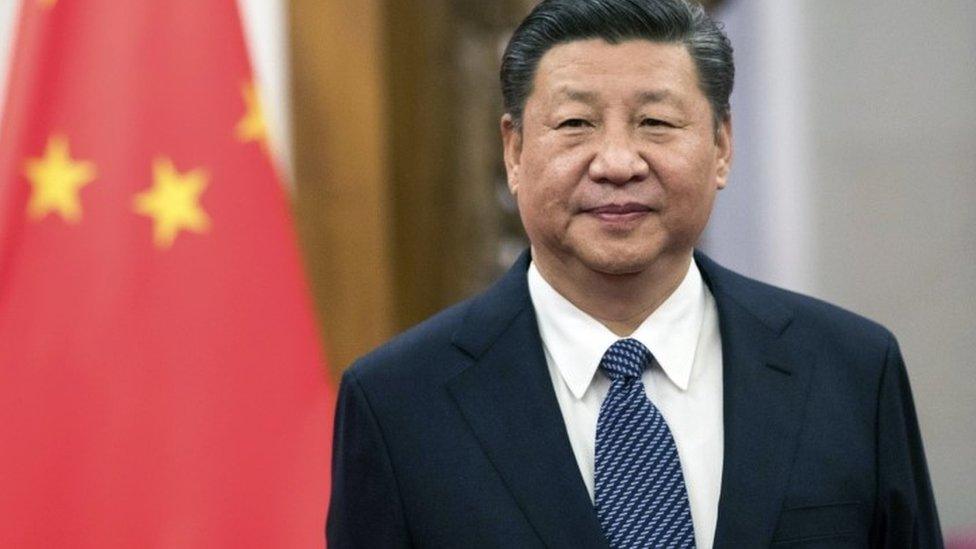- Courses
- GS Full Course 1 Year
- GS Full Course 2 Year
- GS Full Course 3 Year
- GS Full Course Till Selection
- Answer Alpha: Mains 2025 Mentorship
- MEP (Mains Enrichment Programme) Data, Facts
- Essay Target – 150+ Marks
- Online Program
- GS Recorded Course
- Polity
- Geography
- Economy
- Ancient, Medieval and Art & Culture AMAC
- Modern India, Post Independence & World History
- Environment
- Governance
- Science & Technology
- International Relations and Internal Security
- Disaster Management
- Ethics
- NCERT Current Affairs
- Indian Society and Social Issue
- NCERT- Science and Technology
- NCERT - Geography
- NCERT - Ancient History
- NCERT- World History
- NCERT Modern History
- CSAT
- 5 LAYERED ARJUNA Mentorship
- Public Administration Optional
- ABOUT US
- OUR TOPPERS
- TEST SERIES
- FREE STUDY MATERIAL
- VIDEOS
- CONTACT US
Dual-Use Defence Technology
Dual-Use Defence Technology

Recent developments have highlighted concerns regarding the export of dual-use technologies to Russia. U.S. officials have cautioned Indian companies and exporters about the risks of supplying dual-use technology, which could lead to Western sanctions.
- Dual-use goods have both civilian and military applications, and their trade is heavily regulated under various international agreements.
What are Dual-Use Goods/Technologies?
- Definition:
- Dual-use goods are items that can be utilized for both civilian and military purposes.
- Examples:
- Hypersonics: Systems flying at speeds exceeding 5 times the speed of sound, used for both satellite launches and military applications.
- Integrated Network Systems-of-Systems: Enhance command, control, and communication across diverse mission systems.
- Microelectronics: Essential in both commercial and military technologies, including personal computers, cell phones, and defence equipment.
- Export Controls:
- Wassenaar Arrangement (WA): Promotes transparency and responsibility in the transfer of conventional arms and dual-use technologies. India joined in 2017.
- Nuclear Suppliers Group (NSG): Aims to prevent nuclear proliferation. India is not a member but follows non-proliferation practices.
- Australia Group: Ensures exports do not contribute to chemical or biological weapons development. India joined in 2018.
- Missile Technology Control Regime (MTCR): Controls missile and unmanned aerial vehicle technology proliferation. India joined in 2016.
- CWC and BWC: India is a signatory to conventions on chemical and biological weapons disarmament.
- UN Security Council Resolution 1540: Requires member countries to control the export of goods that could harm global peace.
Key Developments in Dual-Use Defence Technology Related to Russia:
- Concerns about Sanctions:
- U.S. officials warn that exporting dual-use technologies to Russia might result in sanctions under the Countering America's Adversaries Through Sanctions Act (CAATSA).
- Indian banks and financial institutions are advised to avoid transactions with Russia's military sector to prevent losing access to the U.S. financial system.
- India’s Position:
- The dual-use items flagged by the U.S. are not listed as Special Chemicals, Organisms, Materials, Equipment, and Technologies (SCOMET) items in India, which require specific licensing for trade.
- India's exports to Russia grew by 40% in 2023, exceeding USD 4 billion, with engineering goods significantly contributing to this increase.
- Global Context:
- The U.S. has identified China as a major supplier of critical dual-use items to Russia, leading to the blacklisting of over 300 companies. Iran is also reported to supply munitions and drones to Russia.
- Russia's defense spending surged by 24% in 2023, reflecting increased military activity, according to Stockholm International Peace Research Institute (SIPRI) and World Bank data.
India’s Strategic Trade Control System:
- Legislation:
- Weapons of Mass Destruction and their Delivery Systems (Prohibition of Unlawful Activities) Act, 2005
- Arms Act, 1959
- Atomic Energy Act, 1962
- Chemical Weapons Convention Act, 2000
- Explosives Act, 1884
- SCOMET List:
- India regulates dual-use items, nuclear-related items, and military equipment under the SCOMET list, which includes software and technology. This list helps manage exports while balancing commercial and security concerns.
Conclusion:
Balancing the export control of dual-use goods with national interests is crucial for India. Compliance with international regulations is essential to avoid sanctions, particularly in sensitive geopolitical scenarios involving countries like Russia. However, India must also safeguard its economic interests and strategic autonomy. Strengthening oversight mechanisms and fostering industry awareness will ensure that export policies adhere to international standards while supporting innovation and national security. By navigating these complexities effectively, India can maintain its position as a responsible global player in the dual-use technology domain.
Must Check: Best IAS Coaching In Delhi
UPSC Prelims Result 2024 Out: Expected Cut Off & Other Details, UPSC Prelims 2024 Answer with Explanation, Daily Prelims Quiz, Daily Current Affairs, MONTHLY CURRENT AFFAIRS TOTAL (CAT) MAGAZINE, Best IAS Coaching Institute in Karol Bagh, Best IAS Coaching Institute in Delhi, Daily Mains Question Answer Practice, ENSURE IAS UPSC Toppers, UPSC Toppers Marksheet, Previous Year Interview Questions, UPSC Syllabus




